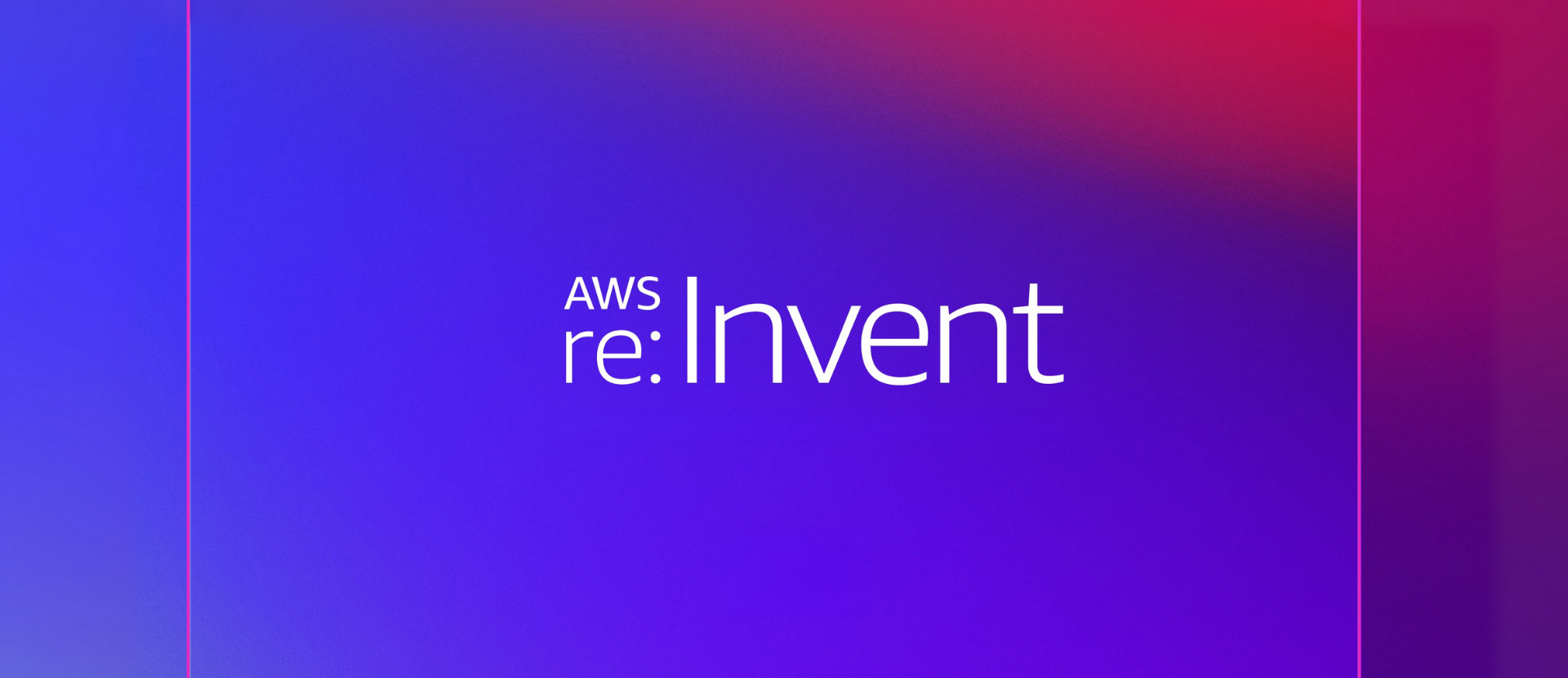Two platforms dominate conversations when enterprises evaluate digital experience and content management systems: Adobe Experience Manager (AEM) and WordPress. Each has an impressive pedigree. AEM, part of Adobe’s Experience Cloud, is built for global brands needing advanced workflows, digital asset management, and deep personalization. WordPress, meanwhile, powers over 40% of the web, known for its flexibility, scalability, and massive open-source ecosystem.
The question is not whether either platform is capable. Both can support complex, large-scale digital operations. The question is which one delivers more value, agility, and sustainability in today’s digital-first economy. When comparing side by side, WordPress consistently emerges as the better long-term choice, offering the same outcomes enterprises demand, with far greater flexibility and a dramatically lower cost of ownership.
Pricing and Accessibility
Adobe Experience Manager is one of the most expensive content management platforms on the market. Licensing fees often run into the hundreds of thousands annually, and that doesn’t account for implementation or ongoing maintenance. Specialized AEM developers, infrastructure requirements, and mandatory Adobe support contracts drive costs even higher. For many organizations, AEM is feasible only when digital budgets are essentially unlimited.
WordPress, by contrast, is open-source and free to use. The core platform has no licensing cost. Expenses come from hosting, premium plugins or themes, and professional development services. Even high-traffic enterprises running on managed WordPress hosting (like WordPress VIP, WP Engine, or Kinsta) spend a fraction of what AEM customers pay.
Accessibility is another key distinction. WordPress’s low barrier to entry allows organizations of all sizes to adopt and scale without financial strain. AEM’s price tag effectively excludes small and mid-sized organizations, narrowing its relevance.
Scalability Without Barriers
AEM’s reputation rests on its ability to handle enterprise-scale deployments. It supports large content libraries, global publishing, and heavy traffic out of the box, particularly when run on Adobe’s managed cloud service. For global brands with hundreds of sites and millions of visitors, AEM promises built-in reliability and performance.
Yet WordPress has proven its scalability many times over. Some of the world’s largest publishers, including The New Yorker, BBC America, and TechCrunch, run WordPress, serving millions of readers daily. With the right infrastructure (caching layers, CDNs, load balancing, and managed hosting), WordPress scales just as effectively as AEM.
The difference lies in cost and flexibility. With AEM, scalability comes packaged, but at a high price and with vendor lock-in. With WordPress, scalability can be built incrementally, allowing organizations to choose their hosting provider, architecture, and cost structure. The outcome is the same: enterprise-level performance, achieved with more freedom and less overhead.
Ease of Use for Content Teams
One of the most notable differences between the two platforms is their ease of use.
AEM’s authoring environment is powerful but complex. It includes tools for content fragments, experience fragments, workflows, and asset management. For large teams, this structure is valuable, but it comes with a steep learning curve. New users typically require formal training before they can navigate the platform confidently. Even experienced content teams often rely heavily on developers or IT support for routine updates.
WordPress, on the other hand, was designed with usability at its core. The dashboard is clean and intuitive, and the Gutenberg block editor allows content creators to build rich layouts with drag-and-drop blocks. Training is minimal, and non-technical users can publish content with confidence. This ease of use democratizes publishing, reducing bottlenecks and empowering teams to move quickly.
For organizations where marketing agility is a competitive advantage, WordPress provides content teams the freedom to launch and iterate without technical dependencies.
SEO Capabilities That Work Out-of-the-Box
Search visibility is critical, and the platforms differ dramatically here.
AEM supports SEO, but the tooling is limited. Implementing features like structured data, XML sitemaps, or schema markup often requires custom development. Enterprises with SEO specialists can configure AEM to perform well, but the lack of built-in or plugin-based tools makes optimization more resource-intensive.
WordPress excels in SEO straight out of the box. Its core produces clean, crawlable code, and its plugin ecosystem takes optimization further. Tools like Yoast SEO and Rank Math allow editors to manage metadata, generate sitemaps, add schema, and even receive content analysis within the editor itself. These tools put SEO power directly in the hands of content teams rather than developers.
In practice, this means organizations on WordPress can execute SEO strategies faster and more effectively, which is a crucial edge in competitive industries.
Integration Ecosystem That Opens Doors
AEM integrates seamlessly with Adobe’s own ecosystem: Analytics, Target, Campaign, and Commerce. For enterprises deeply invested in Adobe tools, this creates a unified digital marketing stack. However, beyond Adobe’s suite, integrations often require custom connectors or development, limiting agility.
WordPress offers the broadest integration ecosystem of any CMS. With thousands of plugins and open APIs, it connects easily to CRMs like Salesforce and HubSpot, marketing automation platforms like Marketo and Mailchimp, e-commerce engines like WooCommerce, and virtually any third-party SaaS service. Most integrations are turnkey, requiring little more than installing a plugin and authenticating.
The result is that WordPress adapts to the technology stack an organization already uses, instead of forcing teams into a closed ecosystem.
Customization and Flexibility Without Limits
Both platforms allow customization, but their philosophies diverge.
AEM is closed-source. Customization happens within Adobe’s framework, requiring certified developers. While this ensures stability, it also adds cost and complexity. Extensive modifications can even reduce agility, as upgrades become harder to apply.
WordPress is open-source and infinitely flexible. Thousands of themes and plugins allow instant customization, while developers can modify any part of the codebase. Enterprises can build entirely custom architectures, from multisite networks to headless deployments, all while retaining control.
This flexibility ensures WordPress can evolve with an organization’s needs, rather than constraining innovation.
Security That Matches Enterprise Needs
Security is non-negotiable, and both platforms address it differently.
AEM, as an enterprise platform, includes robust role-based permissions, enterprise authentication integrations (LDAP, SSO), and compliance frameworks. When hosted on Adobe’s cloud, it benefits from enterprise-grade protections.
WordPress is secure at its core, but its openness requires active governance. Vulnerabilities typically arise from outdated plugins or themes. With diligent updates, security plugins (like Wordfence or Sucuri), and enterprise-managed hosting, WordPress can meet even the strictest compliance standards. Governments, financial institutions, and Fortune 500 companies already rely on WordPress at scale.
The takeaway: both platforms can be highly secure, but WordPress achieves it with flexibility and cost-efficiency.
Community and Support at Scale
AEM customers rely on Adobe’s support contracts and a smaller community of specialized developers. While effective, this ecosystem is limited to enterprises with the budget to maintain it.
WordPress benefits from the largest open-source community in the world. Millions of developers, agencies, and contributors continuously improve the platform. Documentation, tutorials, and forums are abundant, and professional support is readily available through agencies and managed hosting providers.
This ecosystem accelerates problem-solving, reduces vendor lock-in, and ensures a steady stream of innovation.
Content and Workflow Management
AEM’s strength lies in structured workflows and governance. It provides multi-step approval processes, version control, scheduling, and a built-in digital asset manager (DAM). For highly regulated industries, this level of control is valuable.
WordPress prioritizes agility. Drafts, revisions, scheduling, and user roles cover the essentials. For teams needing more structure, plugins like PublishPress add advanced workflows and editorial calendars. While it doesn’t have a native DAM, integrations with cloud storage or plugins replicate much of this functionality.
For most organizations, WordPress’s streamlined approach makes publishing faster and less bureaucratic, while still offering governance when required.
Time to Market
Speed is often underestimated when choosing a content platform. Adobe Experience Manager typically demands long implementation cycles. Standing up a new AEM environment can take months, involving specialized developers, Adobe-certified partners, and significant infrastructure planning. For enterprises rolling out global platforms with hundreds of sites, this investment may feel justified, but it comes at the cost of agility.
WordPress dramatically shortens the timeline. A basic site can launch in days, while even complex, enterprise-grade multisite networks can go live in weeks with the right strategy. Managed WordPress hosting providers streamline deployment further with one-click staging, automated updates, and performance optimization built in. For marketing teams under pressure to launch campaigns quickly, WordPress consistently delivers a faster time to market, turning ideas into live digital experiences without prolonged technical delays.
Speed to Innovation
Digital platforms need to evolve as fast as consumer expectations. Here, the open-source nature of WordPress makes all the difference. With a global community of contributors and developers, new features, plugins, and integrations are constantly being released. From AI-powered content tools to advanced personalization engines, innovation flows quickly into the WordPress ecosystem. Organizations can adopt these improvements immediately without waiting for a vendor’s roadmap.
AEM’s innovation cycle is slower by design. Enhancements are tied to Adobe’s release schedule, and enterprises must often plan and budget for major upgrades. Custom development can fill gaps, but it increases complexity and creates dependency on specialized expertise. WordPress, by contrast, thrives on rapid experimentation. Whether through plugins, APIs, or headless deployments, it offers an environment where digital teams can test, adapt, and scale innovations far more quickly.
Maintenance and Support
Ongoing maintenance is another area where the two platforms diverge. AEM requires continuous oversight by specialized developers. Upgrades, patching, and infrastructure monitoring are resource-heavy, and most enterprises rely on Adobe support contracts or certified partners to manage this work. The result is higher long-term operational costs and less flexibility.
WordPress takes a different approach. The platform itself updates frequently, with patches and enhancements rolled out by the community. For enterprises, managed WordPress hosts take care of updates, backups, scaling, and security monitoring as part of their service, reducing the internal burden. Beyond that, the global pool of WordPress agencies and professionals means organizations are never locked into a single vendor for support. This abundance of expertise ensures maintenance is more affordable, competitive, and adaptable — keeping sites healthy and secure without draining resources.
Why Digital Teams Prefer WordPress to AEM
Enterprises today need platforms that deliver more than governance checkboxes. They need tools that keep pace with evolving customer expectations. While AEM caters to specific industries that can absorb high costs and long rollouts, WordPress offers a broader, more future-proof path. It balances enterprise needs with accessibility, integrates seamlessly with modern tech stacks, and reduces barriers to innovation.
For most organizations, the decision is clear: WordPress offers greater value, flexibility, and sustainability. It’s the platform that enables digital presence to scale without compromise.
Trew Knowledge ensures enterprises get the most from WordPress, providing expert guidance, custom integrations, and tailored solutions built for growth. Start a conversation with our experts today and explore how WordPress can be tailored to your enterprise goals.


